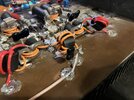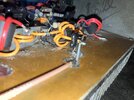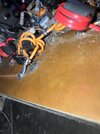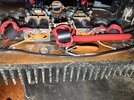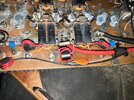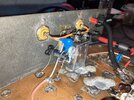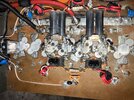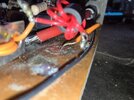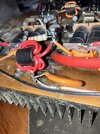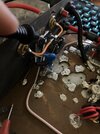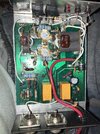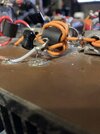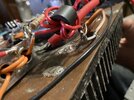These are CB amps.Amp builders SHOULD all be incorporating low pass filters into their designs. It's cheap and irresponsible not to.
Adding anything to the cost to clean up the IMD or harmonics is not the case.
I know you come from a commercial radio background but it's been this way since the early days of CB radio.
Many of the early comp style CB amps did not even have negative feedback and when the buyer complained about the amp staying keyed they told them to keep changing jumpers untill it did.
It is what it is.
Extra parts add cost that cuts into profits.
That is the bottom line.
73
Jeff

